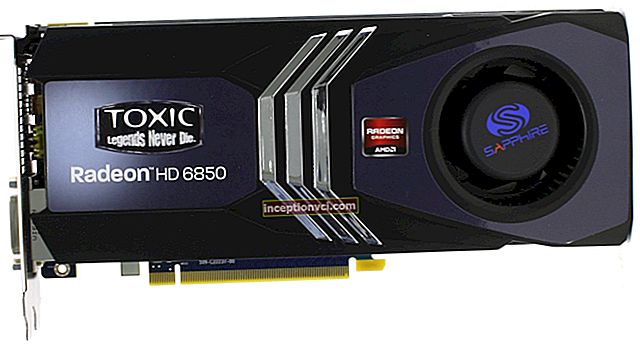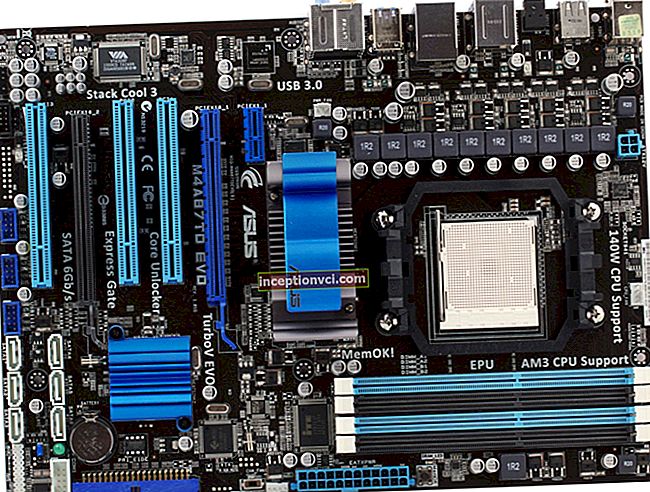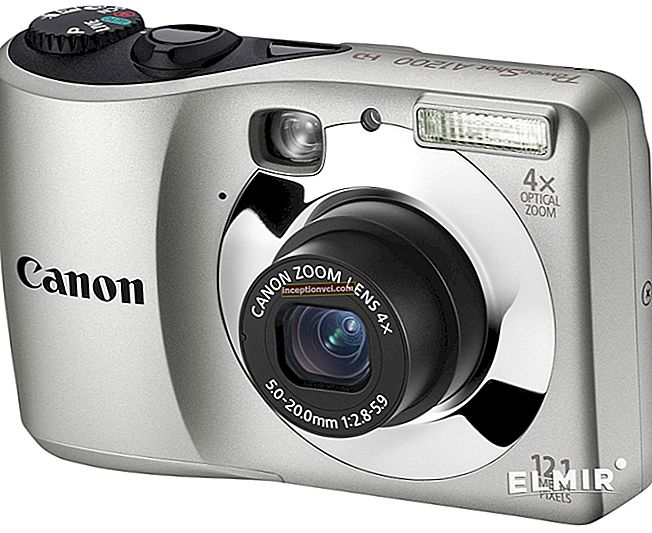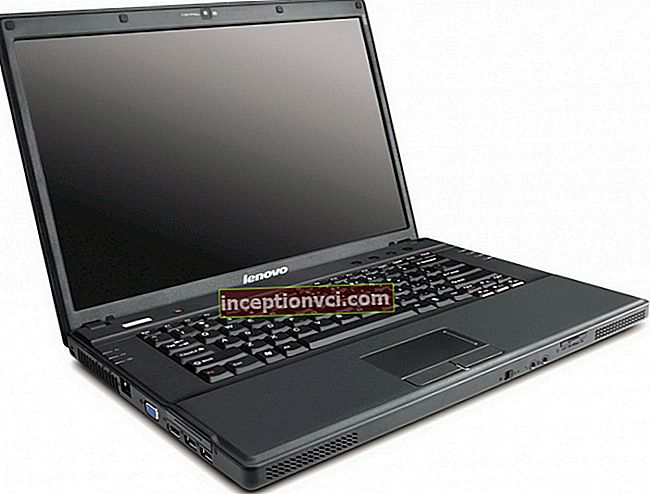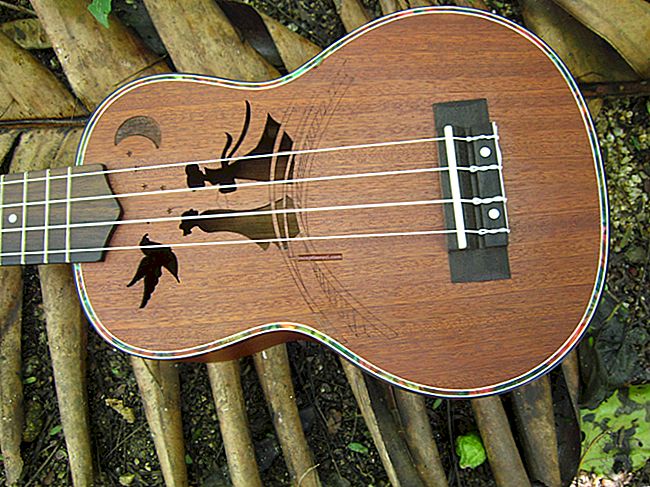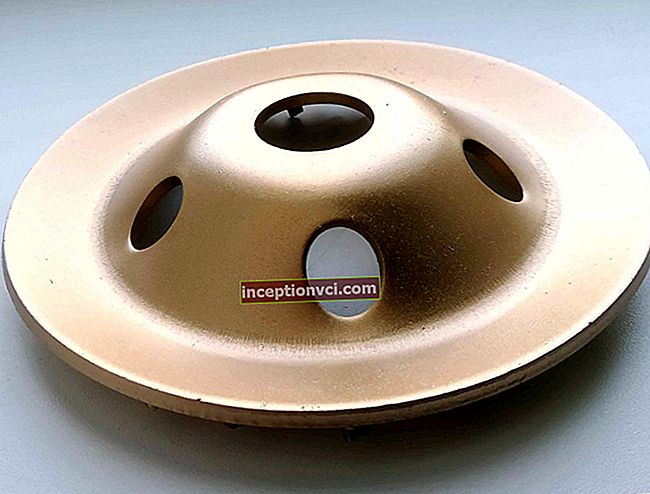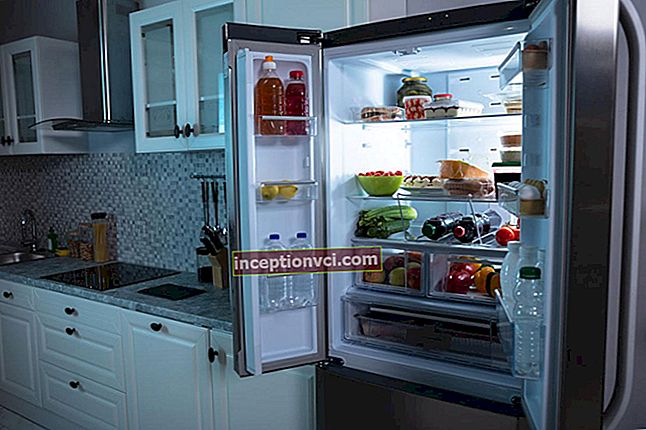Founded in 1999, Zalman is well known and recognized for its cooling systems. The company gradually entered new markets, expanding its product line. At the moment, the company is engaged in the production of not only cooling systems for central processors and video adapters, but also power supplies, monitors, system cases, as well as various peripheral devices. In today's review, we will take a look at the MS800 Plus case. The company itself positions it as a high-quality solution with an efficient cooling system, so it can be used to build a gaming system. In addition, the case is distinguished by a number of interesting solutions and at the same time has a fairly democratic cost. What exactly this model can interest the buyer, as well as how its quality matches the price, we will try to figure it out in this review.
Packaging and delivery set
Traditionally, we will begin our acquaintance with the new model by examining its packaging and delivery set.
The packaging of the case is made in dark colors. On its front panel there is an image of the control panel. In the lower part of the front panel of the packaging, the manufacturer has placed a series of labels that indicate the features of this model.

The detailed specification of the enclosure is located on one of the side panels of the package.

The MS800 Plus package includes:
User's Manual;
extension cable for the power supply of the central processor;
fan with a diameter of 92 mm;
set of mounting screws;
plastic ties;
a set of racks for installing the motherboard;
brand nameplate on an adhesive basis.

Appearance

Although the case is intended for gamers, it has a rather discreet design. The front panel has a plastic frame around the perimeter, and the middle part is completely made of metal mesh. The front panel has 7 positions for 5.25-inch devices, one of which is universal. It can accommodate a 5.25 "or 3.5" device.

For ease of installation, each seat has plastic latches. All front panel metal mesh plugs are equipped with dust filters.

At the bottom of the front panel is the largest knob, behind which is the hard drive cage.


The connectors and control buttons are located at the front of the top panel.

The central element on the control panel, near which buttons and connectors are grouped, is the fan speed control. The Zalman MS800 Plus case is equipped with a built-in reobass with continuously variable speed control, to which up to 6 fans can be connected. Unfortunately, the rotational speed is regulated for all fans at the same time. Nevertheless, the presence of even such a reobass for a case in this price segment is a plus. There are USB connectors to the left and right of the speed controller. On the left are two USB 2.0 connectors, on the right are two USB 3.0 connectors. Above the regulator are the headphone and microphone jacks. Below the regulator are the drive operation indicator and the "POWER" and "RESET" buttons. Of these, only the POWER button is backlit, which is a little strange.

Directly behind the control panel there is a platform with a small indentation where you can put a device connected to the USB connector.

The rest of the top panel is occupied by a ventilation grill. The grill has a fine mesh that prevents large debris and dust from entering.

The only drawback is that to remove the fine mesh, for example, to remove dust, you will have to completely dismantle the top panel of the case.The top panel will also have to be removed if the user wants to improve the cooling of the system components by installing an additional fan on top. I draw your attention to this because removing the top panel is very problematic.
The back panel of the case did not present any surprises.

The place for installing the power supply is provided at the bottom.

Above it are seven screw-mounted expansion card caps with perforation for better cooling. The body also has two holes with a diameter of 20 mm for the passage of hoses of the liquid cooling system.

One of the pre-installed fans is located above the vents, which blows heated air out of the case.
There is also a ventilation grill on the bottom panel of the case.

Unlike the top panel, there is a dust filter that can be easily removed for cleaning.

Unfortunately, the filter has large enough holes, so it will only slightly prevent dust from entering the housing.

The chassis rests on four rubber feet to reduce vibration, but their height is too low to prevent the free flow of cold air from the bottom of the chassis.
The side panels of the case are made in the same style and have the same stamping.

There is an acrylic window on the left panel in the center of the stamping, while the right panel is made entirely of metal.

Internal structure of the case
The first thing that catches your eye after removing the side panel is a special stand, which I personally have never met in any case before.

The stand is made of plastic and has three fixed mounting positions. It can be installed 150mm, 230mm and 260mm from the rear panel. It serves not to increase rigidity, but to "support" video adapters with oversized cooling systems that can bend the printed circuit board. You can also attach an additional fan to it for better cooling of the video adapter. Installing an additional fan can be useful if you are creating an array of several video adapters, especially considering the lack of mounting space for a fan on the side panel of the case.

The Zalman MS800 Plus chassis has a 5.25 "and 3.5" solid-state drive and device rack that increases the rigidity of the entire chassis. 5.25 "and 3.5" device mountings are screwless.

One of the seats has a universal chassis for mounting various device formats.

Another feature of this model is the storage basket. The cage is located at the bottom and rotated 180 degrees, which allows the user to hot-swap hard drives without accessing the inside of the case.


To do this, it is necessary to remove the lower part of the front panel using plastic latches. How much it will be in demand at home, I do not presume to judge, but, nevertheless, the case provides such an opportunity to the user.


In total, up to three drives can be installed in the basket, which, in my opinion, is not enough for a Middle-Tower case. To install a drive, you must first fix it in a special frame. The frame is equipped with vibration-damping bushings.

When mounting an SSD drive into a frame, one such sleeve will have to be removed. To cool the drives, a preinstalled 92 mm fan is mounted on the rack. Its rotation speed is regulated by a microswitch located nearby.
In addition to it, the case is equipped with two more pre-installed fans with a diameter of 120 mm. One is installed on the back of the case and the other on the top of the case.

The fan mounted on the top panel is equipped with a blue LED backlight. Next to it, there is another mounting place for a fan with a diameter of 120/140 mm. The top-mounted fan can also be replaced with a 140mm fan.
On the bottom panel of the case, in the place of the power supply installation, there are two stampings with rubber pads to reduce vibration.

Next to the place for installing the power supply, there is also a mounting place for a fan with a diameter of 120/140 mm.

The tray for installing the motherboard has no holes in the bottom, so you cannot get the cables from the power supply behind it. They will have to be pulled almost to the hard drive cage, which in turn will reduce the efficiency of the cooling fans installed on the bottom panel and on the cage itself. The notches in the pallet where you can enter the power cables are located closer to the drive rack.

There is a large cutout in the area of the processor socket on the pallet. It is required for cooling systems with dimensional reinforcing plates.

The case allows you to install video adapters with a maximum length of up to 300 mm.

In the case of organizing an array of several video adapters, it should be borne in mind that the distance from the rear wall to the fan of the hard drive cage is 285 mm. The height of the CPU cooling system can be up to 165 mm.
Testing
To test the case, a system was assembled in it from the following components
processor: AMD A-8 3870K;
cooler: Zalman CNPS11X Extreme;
motherboard: ASRock A75 PRO4 / MVP sFM1 ATX;
video card: Gigabyte GV-R685OC-1GD;
memory: Crucial DDR3 2x8192 Mb PC3-12800 1600 MHz;
hard drive: Western Digital (200 GB, SATA 3Gb / s, 7200 rpm);
power supply: Zalman ZM700-SV 700W;
The LinX, Crystal Disk Mark and MSI Combustor programs were used to load the system. The ambient temperature was 23 degrees. The test results are shown below.

conclusions
At the end of this review, let us summarize. In my opinion, the Zalman MS800 Plus case would be a good choice as a base for building a mid-range gaming system. The body is well built and has good rigidity. What else I liked so much is the presence of rubber vibration-damping pads in the frames for installing hard drives, in the place where the power supply is installed and on the support legs of the case. I was pleased with the presence of a built-in reobass with smooth control of the rotation speed and the presence of four fans (3 are pre-installed and 1 is included in the delivery set). In my opinion, this model has no serious drawbacks, of course, given its relatively low cost. But a number of minor flaws, which for objectivity must be indicated, the model has. I will list them:
No easily removable dust filter on the top panel;
Large cross-section of holes on the bottom panel dust filter;
Low support legs;
Not optimal location of the cutouts in the motherboard pallet;
The supplied fan can only be mounted on a mobile stand, since all mounting points are designed for a fan diameter of at least 120 mm.

